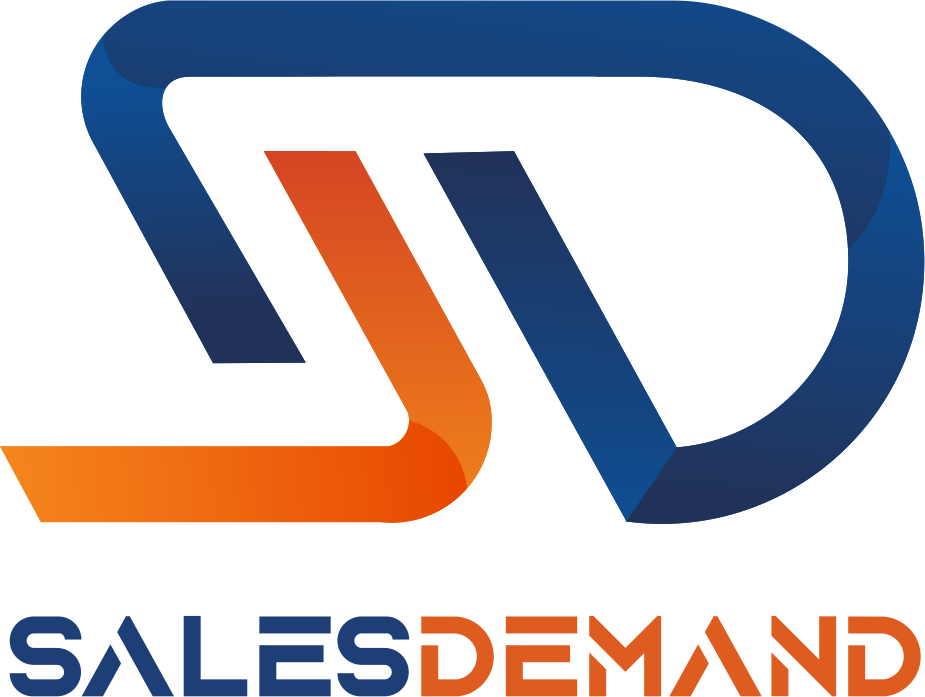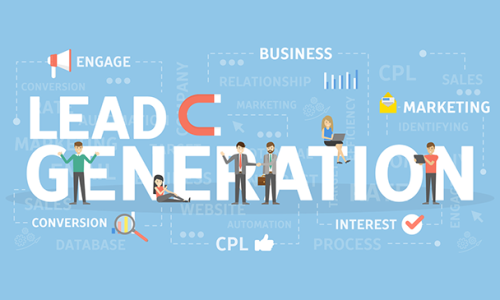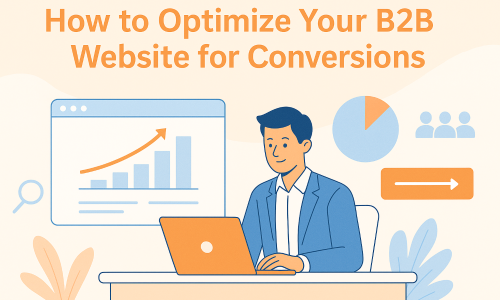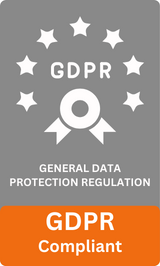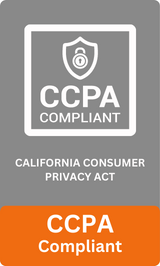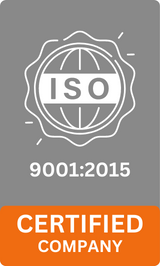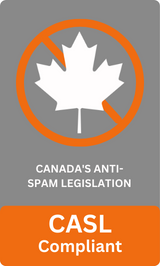
An overwhelming 99% of businesses have reported an increase in sales or ROI after implementing intent data in their strategies.
B2B buyer intent data is a powerful tool that offers deep insights into prospective clients’ search behaviors and interests.
Businesses leverage this data to precisely target their marketing and sales efforts, tailoring strategies to align with what potential customers are actively seeking. This alignment can lead to significantly higher conversion rates and increased revenue.
A sizeable 98% of marketers are confident in their intent data practices, suggesting a positive outlook and maturity in this field.
To fully harness the potential of B2B buyer intent data, businesses should adopt best practices such as integrating intent data with CRM systems, personalizing outreach based on specific buyer signals, and continuously analyzing data to refine strategies.
Let’s explore together because implementing these top 20 best practices can substantially enhance business growth.
20 Best Practices for Implementing B2B Buyer Intent Data
1# Understand the Basics of B2B Buyer Intent Data
Before diving into implementation, it’s essential to understand what B2B buyer intent data is. It refers to information that indicates a prospect’s level of interest in your product or service.
This data is gathered from various online behaviors, such as web page visits, content downloads, and social media interactions.
Understanding these fundamentals helps you recognize the different types of intent signals, such as informational, navigational, and transactional, each revealing different stages of the buyer’s journey.
Mastering these basics will lay a solid foundation for effective utilization and strategic decision-making.
2# Identify Your Objectives
Clearly define your objectives for using B2B buyer intent data. Whether it’s for lead generation, improving sales strategies, or enhancing customer engagement, having a clear goal will guide your implementation process.
Objectives might include increasing qualified leads, reducing the sales cycle, or improving the personalization of marketing efforts.
Pinpointing specific goals allows you to measure success more effectively and ensures that all efforts align with your overarching business strategy. This clarity also aids in selecting the right tools and methods for capturing and analyzing intent data.
3# Choose the Right Data Providers
Selecting a reliable data provider is crucial. Look for providers who offer accurate, comprehensive, and up-to-date data. Some reputable providers include Bombora, TechTarget, and G2.
Evaluate providers based on their data sources, the frequency of data updates, and their reputation in the market.
Consider how well their data integrates with your existing systems. Reliable providers will offer transparent methodologies, robust customer support, and compliance with data privacy regulations.
Choosing the right provider ensures you have access to quality data that can drive meaningful insights and informed decisions.
4# Integrate Intent Data with Your CRM
Integrating buyer intent data with your Customer Relationship Management (CRM) system allows for seamless data flow and better alignment between sales and marketing teams. This integration helps in identifying and prioritizing high-intent leads.
It also enables your teams to track interactions and engagements across multiple touchpoints, providing a 360-degree view of the prospect. Effective integration ensures that intent data is actionable, facilitating personalized outreach and timely follow-ups.
Leveraging CRM systems like Salesforce, HubSpot, or Microsoft Dynamics can enhance collaboration and optimize the overall lead management process.
5# Align Sales and Marketing Teams
Ensure that your sales and marketing teams are aligned and understand the importance of intent data. Regular meetings and training sessions can help both teams utilize the data effectively.
Alignment involves creating shared goals, developing unified messaging, and establishing clear communication channels. When both teams are on the same page, they can work collaboratively to nurture leads through the sales funnel.
This alignment also minimizes the risk of duplicated efforts and ensures a consistent experience for prospects. Regular feedback loops and performance reviews can further enhance this collaboration, driving better results.
6# Segment Your Audience
Segment your audience based on their intent signals. This segmentation allows you to tailor your marketing messages and offers to different groups, improving engagement and conversion rates.
Segmentation can be done by industry, company size, geographic location, or behavior patterns. Understanding the specific needs and pain points of each segment allows you to create more relevant and targeted campaigns.
This approach also helps in prioritizing resources and efforts on high-potential segments. Effective segmentation enables you to deliver personalized experiences that resonate with your audience, thereby enhancing customer satisfaction and loyalty.
7# Personalize Your Outreach
Use buyer intent data to personalize your outreach efforts. Tailored emails and targeted content can significantly increase the chances of converting a lead into a customer.
Personalization involves using insights from intent data to address the specific interests and pain points of your prospects. This could mean referencing a recent interaction, suggesting relevant content, or offering a solution to a known problem.
Personalized outreach shows prospects that you understand their needs and are equipped to provide value. Tools like email marketing platforms and marketing automation software can facilitate effective personalization at scale.
8# Develop Relevant Content
Create content that addresses the specific needs and pain points of your target audience. Use the insights gained from intent data to develop content that resonates with your prospects.
This could include blog posts, whitepapers, case studies, webinars, and more. Understanding what interests your audience enables you to produce content that provides solutions, answers questions, and adds value.
Regularly updating your content based on the latest intent signals keeps it relevant and engaging. High-quality, relevant content not only attracts and retains prospects but also positions your brand as a thought leader in your industry.
9# Use Predictive Analytics
Leverage predictive analytics to anticipate the future behaviors of your prospects. This approach can help you stay ahead of the competition and provide timely solutions to your potential clients.
Predictive analytics uses historical data, machine learning, and statistical algorithms to forecast future actions. Identifying patterns and trends allows you to predict which prospects are most likely to convert, enabling you to tailor your strategies accordingly.
This proactive approach allows for more strategic planning and resource allocation. Implementing predictive analytics tools can significantly enhance your ability to engage with high-intent prospects at the right time.
10# Monitor and Analyze Data Regularly
Regularly monitor and analyze your intent data to identify trends and patterns. This ongoing analysis helps in refining your strategies and making informed decisions.
Set up dashboards and reports to track key metrics, such as engagement levels, conversion rates, and lead scores. Regular analysis enables you to spot shifts in behavior early and adjust your approach accordingly.
This continuous improvement process ensures that your strategies remain effective and aligned with your objectives. Regular data analysis helps in identifying any gaps or opportunities for further optimization.
11# Implement Multi-channel Marketing
Utilize multiple marketing channels to reach your prospects. Combining email marketing, social media, and content marketing can maximize your chances of engaging with high-intent buyers.
Multi-channel marketing ensures that you meet prospects where they are and deliver a consistent message across different platforms. Leveraging various channels increases your touchpoints and enhances brand visibility.
Each channel can be tailored to specific segments or stages of the buyer’s journey, providing a cohesive and comprehensive experience. Tools like marketing automation platforms can help manage and optimize your multi-channel campaigns.
12# Focus on High-Intent Keywords
Optimize your content and campaigns for high-intent keywords. These keywords indicate that a prospect is closer to making a purchase decision, making them valuable for targeting. High-intent keywords often include terms like “buy,” “best,” “review,” and specific product names.
Conduct keyword research to identify these terms and incorporate them naturally into your content. This focus ensures that your content appears in search results when prospects are actively seeking solutions, increasing the likelihood of engagement and conversion.
Regularly updating your keyword strategy based on intent data insights can further enhance your SEO efforts.
13# Use Account-Based Marketing (ABM)
Incorporate Account-Based Marketing (ABM) strategies to focus on high-value accounts. Intent data can help identify which accounts are showing interest, allowing for more personalized and effective marketing.
ABM involves creating tailored campaigns for specific accounts, often involving close collaboration between sales and marketing teams.
Leveraging intent data allows you to prioritize accounts with the highest potential and customize your outreach to address their unique needs.
This targeted approach increases the relevance and impact of your marketing efforts, leading to higher engagement and conversion rates among key accounts.
14# Optimize Lead Scoring Models
Enhance your lead scoring models by incorporating intent data. This optimization helps in accurately prioritizing leads based on their likelihood to convert.
Lead scoring assigns values to prospects based on their behaviors and characteristics, helping sales teams focus on the most promising leads. Intent data provides additional insights, such as engagement levels and specific interests, allowing for more precise scoring.
Regularly review and adjust your lead scoring criteria to ensure they reflect the latest intent signals. This continuous refinement helps in improving the efficiency and effectiveness of your lead management process.
15# Create Targeted Advertising Campaigns
Develop targeted advertising campaigns using intent data. Platforms like LinkedIn and Google Ads allow you to target specific audiences based on their online behaviors and interests.
Leveraging intent data allows you to create highly relevant ad campaigns that resonate with your audience. Tailor your ad messaging and creatives to address the specific needs and pain points identified through intent signals.
This targeted approach increases the chances of capturing the attention of high-intent prospects and driving conversions. Regularly monitor and optimize your campaigns to ensure they deliver the desired results.
16# Implement Retargeting Strategies
Use retargeting strategies to re-engage prospects who have shown interest but haven’t converted yet. Intent data helps in identifying these prospects and tailoring your retargeting efforts.
Retargeting involves displaying ads to users who have previously interacted with your website or content, reminding them of your offerings.
Incorporating intent data allows you to personalize retargeting ads based on specific behaviors and interests.
This personalized approach increases the relevance and effectiveness of your retargeting efforts, encouraging prospects to return and complete their purchase journey. Tools like Google Remarketing and Facebook Retargeting can facilitate these strategies.
17# Foster a Data-Driven Culture
Promote a data-driven culture within your organization. Encourage your teams to rely on data for decision-making and continuously seek ways to improve based on data insights.
A data-driven culture involves regular training, fostering curiosity, and providing the necessary tools and resources for data analysis.
Integrating data into everyday processes empowers your teams to make informed decisions, identify opportunities, and address challenges proactively.
Encourage collaboration and data sharing across departments to ensure everyone has access to relevant insights.
Celebrating successes driven by data can further reinforce its importance. Over time, a data-driven culture can significantly enhance your organization’s agility, innovation, and competitive edge.
18# Ensure Data Privacy Compliance
Adhere to data privacy regulations such as GDPR and CCPA. Ensure that your use of intent data complies with these laws to avoid legal issues and build trust with your prospects.
Compliance involves implementing data protection measures, obtaining necessary consent, and being transparent about how you collect, store, and use data. Regular audits and updates to your privacy policies can help maintain compliance.
Demonstrating a commitment to data privacy not only protects your organization from potential fines but also enhances your reputation as a trustworthy and responsible business.
19# Evaluate and Adjust Strategies
Continuously evaluate the effectiveness of your strategies and make necessary adjustments. The B2B landscape is dynamic, and being agile in your approach will help you stay relevant.
Regularly review your goals, performance metrics, and market trends to identify areas for improvement. Engage with your teams to gather feedback and insights, and be open to experimenting with new tactics.
Maintaining a flexible and iterative approach allows you to quickly adapt to changes and optimize your strategies for better results.
20# Measure ROI
Measure the return on investment (ROI) of your intent data initiatives. Analyzing the impact on lead generation, conversion rates, and sales performance helps justify the investment and guides future strategies.
Set clear KPIs and benchmarks to track your progress and identify areas where intent data contributes the most value. Regularly reporting on ROI can help secure continued support and funding for your intent data initiatives.
Demonstrating tangible benefits makes a strong case for expanding and enhancing your use of intent data.
Conclusion
Implementing B2B buyer intent data effectively can significantly enhance your marketing and sales efforts.
Following these best practices allows you to gain valuable insights into your prospects’ behaviors, personalize your outreach, and ultimately drive business growth.
Remember, the key to success lies in understanding your objectives, choosing the right data providers, and continuously monitoring and adjusting your strategies.
Embrace the power of B2B buyer intent data to stay ahead in the competitive market and achieve your business goals.
In today’s fast-paced B2B environment, leveraging intent data is not just an option but a necessity for those looking to optimize their lead generation and sales processes.
With these top 20 best practices, you are well-equipped to harness the full potential of B2B buyer intent data, ensuring your business remains competitive, responsive, and poised for growth.
I hope you find the above content helpful. For more such informative content please visit SalesDemand.
